10 Ways to Beat Garden Bugs
Here’s our 10-step game plan for winning the bug battle in your vegetable garden this season.
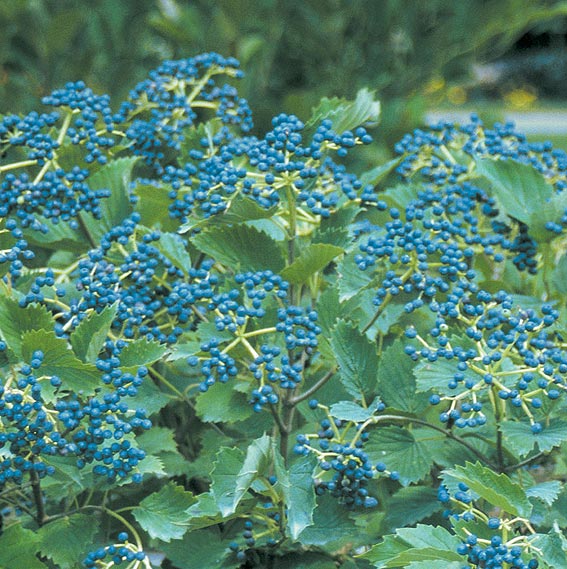
'Blue Muffin' arrowwood is among the viburnums threatened by the beetles. Photo courtesy of Proven Winners/ColorChoice
In the Eastern United States, a voracious pest has been munching its way through viburnums, one of the most popular garden shrubs. Serious infestations kill the plants both in our gardens and in the wild. Here are some things you should know about the viburnum leaf beetle.
Common throughout Europe, the viburnum leaf beetle (Pyrrhalta viburni) was first spotted in the United States in 1996 in upstate New York. Experts think it came from Ontario Province, Canada, where it was introduced by mistake in the 1970s.
Since then, this voracious feeder has spread to Maine, Pennsylvania, Vermont, Massachusetts, Illinois, and Ohio. Other states, including Indiana and Maryland, have issued bulletins to alert gardeners, nursery growers, hikers, and others to be on the lookout for the bug or damaged plants. The Northwest, including Washington State, also is on alert because the beetle has been found in British Columbia.
The insect feeds and creates holes on the leaves of viburnums in both its adult beetle and larval stages, which doubles the damage it can do to these popular shrubs. The adults lay eggs in tiny slits on the underside of small branches or twigs, usually new growth. Each female can lay up to 500 eggs from spring through summer, before a frost stops the process. The eggs over winter in the slits, which are capped with plant tissue and the insect’s excrement.
The threat is not just to our landscapes and gardens. Many native species are on the menu for this insect. Especially worrisome is the damage done in the wild to arrowwoods (V. dentatum), the berries of which are a major food source for many birds, including migrating species. Cultivars of arrowwood are also popular as landscape plants, including 'Blue Muffin', Chicago Lustre', and 'Autumn Jazz'.
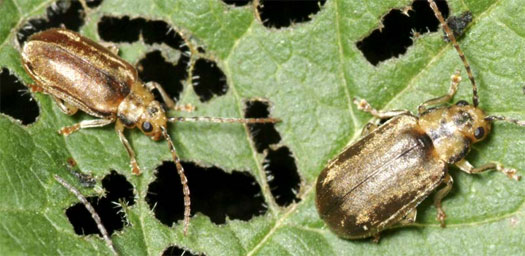
Adult viburnum leaf beetles are a shiny gold color, especially in the sun. Photo courtesy of Kent Loeffler/Cornell University
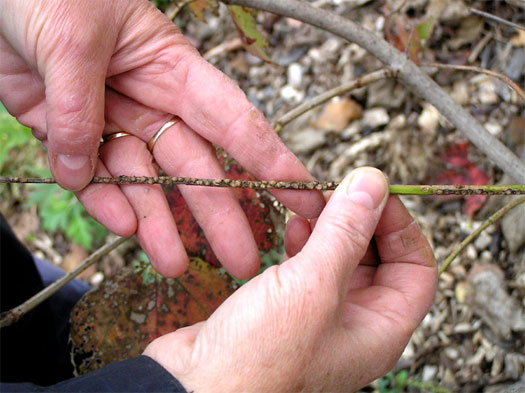
Viburnum leaf beetles lay eggs in slits along branches. Photo courtesy of Mary Woodson/Cornell University
Once viburnums have dropped their leaves in fall, look for egg masses along the undersides of the twigs. Prune out and discard any damaged branches or twigs. Do not compost this debris for mulch.
In late spring and early summer, look for small holes that skeletonize the leaves between the veins. On the underside of the leaves, you might see tiny, yellow-brown caterpillars, some with spots. Destroy any damaged leaves that drop.
A few weeks after hatching, the larvae drop to the ground and burrow into the soil to pupate. In about six weeks, the adult beetles emerge, feed on the leaves and lay eggs to start the cycle all over again. The 1/4- to 3/8-inch long, golden-brown beetles look shiny in the sun.
Heavy feeding and repeated defoliation of a viburnum plant will likely cause it to die within two or three years. If an insecticide is needed, look for one that controls the larval and adult stages of leaf beetles. Check with your area extension office for specific recommendations.
Highly susceptible:
Susceptible:
Moderately susceptible:
Most resistant:
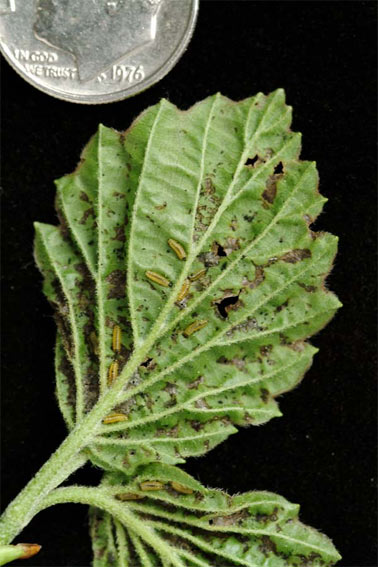
Viburnum leaf beetle larvae. Photo courtesy of Kent Loeffler/Cornell University
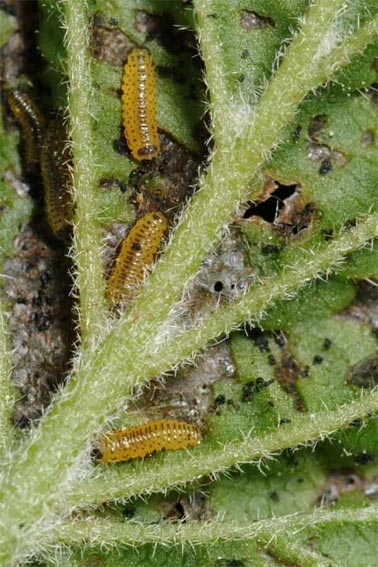
Larval stage of viburnum leaf beetle. Photo courtesy of Kent Loeffler/Cornell University
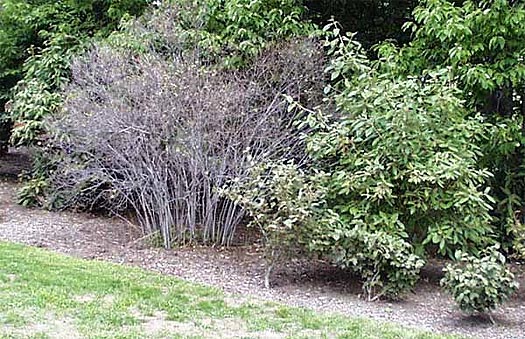
Repeated heavy infestations of viburnum leaf beetles can kill a shrub within three years. Photo courtesy of Paul Weston/Cornell University
State of Massachusetts
http://massnrc.org/pests/pestFAQsheets/viburnumleaf.html
Cornell University
http://www.hort.cornell.edu/vlb/
State of Illinois
http://hyg.ipm.illinois.edu/article.php?id=486
University of Vermont
http://pss.uvm.edu/ppp/articles/viburnum.html
National Agricultural Pest Information System
http://pest.ceris.purdue.edu/map.php?code=INAMGUA#